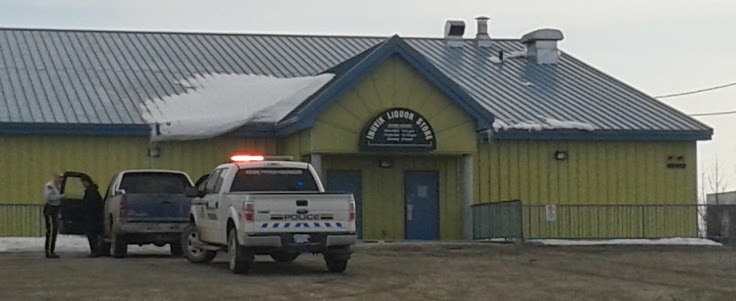
On Saturday we finally had good conditions for a first science flight. The preparation for the takeoff was handicapped by the cold temperatures below -15°C. As many instruments never operated in such harsh conditions before, we encountered a couple of problems. Hard disks failed to boot, pumps did not warm up, connections to the instruments did not work. This took us a lot of additional time for checking the instruments before start. Heating up the cabin with a huge heat blower with nickname Herman Nelson, the situation improved so we were ready to fly. Unfortunately, all the heating did lower the aircraft battery so that the engines were not able to start. Recharging the batteries took us another hour until we finally took of towards the Beaufort Sea where a small but interesting cloud field with horizontal convective rools was probed.

The measurement strategy was that Polar 5 sampled the cloud in situ while Polar 6 cruised far above and observed the cloud with remote sensing techniques. The coordination of the aircraft worked very well. The pilots adjusted the speed of both aircraft so that the horizontal distance was about 2 min at 120 kn flight velocity. So we were all happy that already with the first flight we collected a first very promising set of data.
The clouds were generated above the "open" water. "open" because it again started to freeze due to the low temperature of the last two days. With easterly winds the clouds were blown further west above closed sea ice. Close to the US border they disappeared and so we turned around not to cause any trouble.
For details read here: http://www.uni-leipzig.de/~racepac/flights/flight_01.html

-1.jpg)















